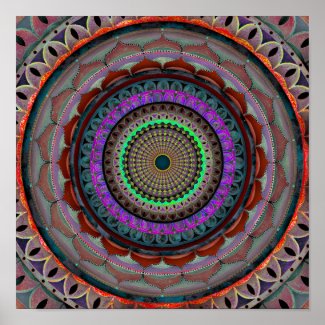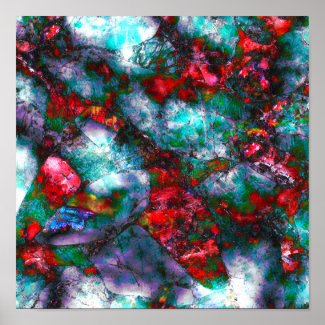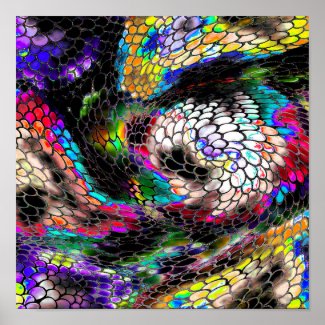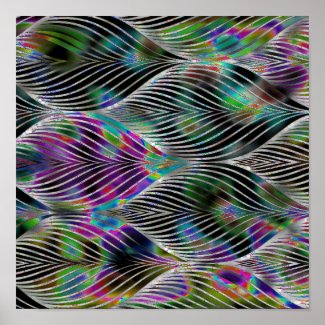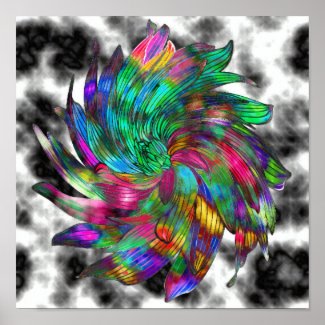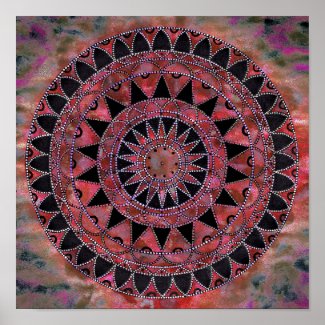Mandala,mandala gallery,art pillows,mugs,art lamp,notebook,ceramic ornament,art towels,art candles,tapestry,what are mandalas,mandala project,mandala coloring,new mandalas, mandala designs,mandala art,printable mandala,free mandala,the mandala, color mandala,what is a mandala,mandala,the artist gallery,abstract paintings,vintage paintings,photofraphies,famous paintings,graphites,budhism,meditation,about color,alternative,famous quotes,ancient mandala,jewelry,art,reproductions....
Pages
- Home
- Mandala gallery
- Mandala art
- Art on the wall
- Mandala on canvas
- Mandala jewelry
- Fine Art America
- Abstract paintings
- Vintage Mandala
- Personal Mandala
- Mandala art
- What is Mandala?
- Meditation books
- Inspiration quotes
- Flower Mandalas
- Poster
- Tibetan mandalas
- Sri Yantra mandalas
- Chakra Mandalas
- Earrings
- Necklaces
- Rings
- Bracelets
- Buddha paintings
- Free Mandala
- What are mandalas?
- Art
- Symbolism
- Abstract art
- Links
Wednesday, October 25, 2023
Monday, October 23, 2023
Sunday, October 22, 2023
Original mandala art
Your walls are a reflection of your personality, so let them speak with your favorite quotes, art, or designs printed on our custom Giclee posters! Choose from up to 5 unique, high quality paper types to meet your creative or business needs. All are great options that feature a smooth surface with vibrant full color printing. Using pigment-based inks (rather than dye-based inks), photos and artwork will be printed at the highest resolution, preserving all their original detail and their full-color spectrum. Browse through standard or custom size posters and framing options to create art that’s a perfect representation of you.
Gallery quality Giclee prints
Ideal for vibrant artwork and photo reproduction
Matte finish with an acid-free smooth surface
Pigment-based inks for full-color spectrum high-resolution printing
45 lb., 7.5 point thick poster paper
Available in custom sizing up to 60”
Custom framing options available when poster is added to cart
Mandala poster
Your walls are a reflection of your personality, so let them speak with your favorite quotes, art, or designs printed on our custom Giclee posters! Choose from up to 5 unique, high quality paper types to meet your creative or business needs. All are great options that feature a smooth surface with vibrant full color printing. Using pigment-based inks (rather than dye-based inks), photos and artwork will be printed at the highest resolution, preserving all their original detail and their full-color spectrum. Browse through standard or custom size posters and framing options to create art that’s a perfect representation of you.
Gallery quality Giclee prints
Ideal for vibrant artwork and photo reproduction
Matte finish with an acid-free smooth surface
Pigment-based inks for full-color spectrum high-resolution printing
45 lb., 7.5 point thick poster paper
Available in custom sizing up to 60”
Custom framing options available when poster is added to cart
Abstract poster, Gemstones
Your walls are a reflection of your personality, so let them speak with your favorite quotes, art, or designs printed on our custom Giclee posters! Choose from up to 5 unique, high quality paper types to meet your creative or business needs. All are great options that feature a smooth surface with vibrant full color printing. Using pigment-based inks (rather than dye-based inks), photos and artwork will be printed at the highest resolution, preserving all their original detail and their full-color spectrum. Browse through standard or custom size posters and framing options to create art that’s a perfect representation of you.
Gallery quality Giclee prints
Ideal for vibrant artwork and photo reproduction
Matte finish with an acid-free smooth surface
Pigment-based inks for full-color spectrum high-resolution printing
45 lb., 7.5 point thick poster paper
Available in custom sizing up to 60”
Custom framing options available when poster is added to cart
Abstract art, Moon flower poster
Your walls are a reflection of your personality, so let them speak with your favorite quotes, art, or designs printed on our custom Giclee posters! Choose from up to 5 unique, high quality paper types to meet your creative or business needs. All are great options that feature a smooth surface with vibrant full color printing. Using pigment-based inks (rather than dye-based inks), photos and artwork will be printed at the highest resolution, preserving all their original detail and their full-color spectrum. Browse through standard or custom size posters and framing options to create art that’s a perfect representation of you.
Gallery quality Giclee prints
Ideal for vibrant artwork and photo reproduction
Matte finish with an acid-free smooth surface
Pigment-based inks for full-color spectrum high-resolution printing
45 lb., 7.5 point thick poster paper
Available in custom sizing up to 60”
Custom framing options available when poster is added to cart
Fractal meaning
In mathematics, a fractal is a geometric shape containing detailed structure at arbitrarily small scales, usually having a fractal dimension strictly exceeding the topological dimension. Many fractals appear similar at various scales, as illustrated in successive magnifications of the Mandelbrot se. This exhibition of similar patterns at increasingly smaller scales is called self-similarity, also known as expanding symmetry or unfolding symmetry; if this replication is exactly the same at every scale, as in the Menger sponge, the shape is called affine self-similar.[5] Fractal geometry lies within the mathematical branch of measure theory.
One way that fractals are different from finite geometric figures is how they scale. Doubling the edge lengths of a filled polygon multiplies its area by four, which is two (the ratio of the new to the old side length) raised to the power of two (the conventional dimension of the filled polygon). Likewise, if the radius of a filled sphere is doubled, its volume scales by eight, which is two (the ratio of the new to the old radius) to the power of three (the conventional dimension of the filled sphere). However, if a fractal's one-dimensional lengths are all doubled, the spatial content of the fractal scales by a power that is not necessarily an integer and is in general greater than its conventional dimension.[1] This power is called the fractal dimension of the geometric object, to distinguish it from the conventional dimension (which is formally called the topological dimension).
Analytically, many fractals are nowhere differentiable. An infinite fractal curve can be conceived of as winding through space differently from an ordinary line – although it is still topologically 1-dimensional, its fractal dimension indicates that it locally fills space more efficiently than an ordinary line.
Sierpinski carpet (to level 6), a fractal with a topological dimension of 1 and a Hausdorff dimension of 1.893
A line segment is similar to a proper part of itself, but hardly a fractal.
Starting in the 17th century with notions of recursion, fractals have moved through increasingly rigorous mathematical treatment to the study of continuous but not differentiable functions in the 19th century by the seminal work of Bernard Bolzano, Bernhard Riemann, and Karl Weierstrass,[7] and on to the coining of the word fractal in the 20th century with a subsequent burgeoning of interest in fractals and computer-based modelling in the 20th century.
There is some disagreement among mathematicians about how the concept of a fractal should be formally defined. Mandelbrot himself summarized it as "beautiful, damn hard, increasingly useful. That's fractals."[10] More formally, in 1982 Mandelbrot defined fractal as follows: "A fractal is by definition a set for which the Hausdorff–Besicovitch dimension strictly exceeds the topological dimension." Later, seeing this as too restrictive, he simplified and expanded the definition to this: "A fractal is a rough or fragmented geometric shape that can be split into parts, each of which is (at least approximately) a reduced-size copy of the whole."[1] Still later, Mandelbrot proposed "to use fractal without a pedantic definition, to use fractal dimension as a generic term applicable to all the variants".
The consensus among mathematicians is that theoretical fractals are infinitely self-similar iterated and detailed mathematical constructs, of which many examples have been formulated and studied. Fractals are not limited to geometric patterns, but can also describe processes in time. Fractal patterns with various degrees of self-similarity have been rendered or studied in visual, physical, and aural media and found in nature, technology, art, architecture[28] and law. Fractals are of particular relevance in the field of chaos theory because they show up in the geometric depictions of most chaotic processes (typically either as attractors or as boundaries between basins of attraction).
Yantra
In Hinduism, a basic mandala, also called a yantra, takes the form of a square with four gates containing a circle with a center point. Each gate is in the general shape of a T. Mandalas often have radial balance.
A yantra is similar to a mandala, usually smaller and using a more limited colour palette. It may be a two- or three-dimensional geometric composition used in sadhanas, puja or meditative rituals, and may incorporate a mantra into its design. It is considered to represent the abode of the deity. Each yantra is unique and calls the deity into the presence of the practitioner through the elaborate symbolic geometric designs. According to one scholar, "Yantras function as revelatory symbols of cosmic truths and as instructional charts of the spiritual aspect of human experience"
Many situate yantras as central focus points for Hindu tantric practice. Yantras are not representations, but are lived, experiential, nondual realities. As Khanna describes:
Despite its cosmic meanings a yantra is a reality lived. Because of the relationship that exists in the Tantras between the outer world (the macrocosm) and man's inner world (the microcosm), every symbol in a yantra is ambivalently resonant in inner–outer synthesis, and is associated with the subtle body and aspects of human consciousness.
The term 'mandala' appears in the Rigveda as the name of the sections of the work, and Vedic rituals use mandalas such as the Navagraha mandala to this day.
Mandala meaning
A mandala (Sanskrit: मण्डल, romanized: maṇḍala, lit. 'circle', [ˈmɐɳɖɐlɐ]) is a geometric configuration of symbols. In various spiritual traditions, mandalas may be employed for focusing attention of practitioners and adepts, as a spiritual guidance tool, for establishing a sacred space and as an aid to meditation and trance induction. In the Eastern religions of Hinduism, Buddhism, Jainism and Shinto it is used as a map representing deities, or especially in the case of Shinto, paradises, kami or actual shrines. A mandala generally represents the spiritual journey, starting from outside to the inner core, through layers.
Subscribe to:
Posts (Atom)






